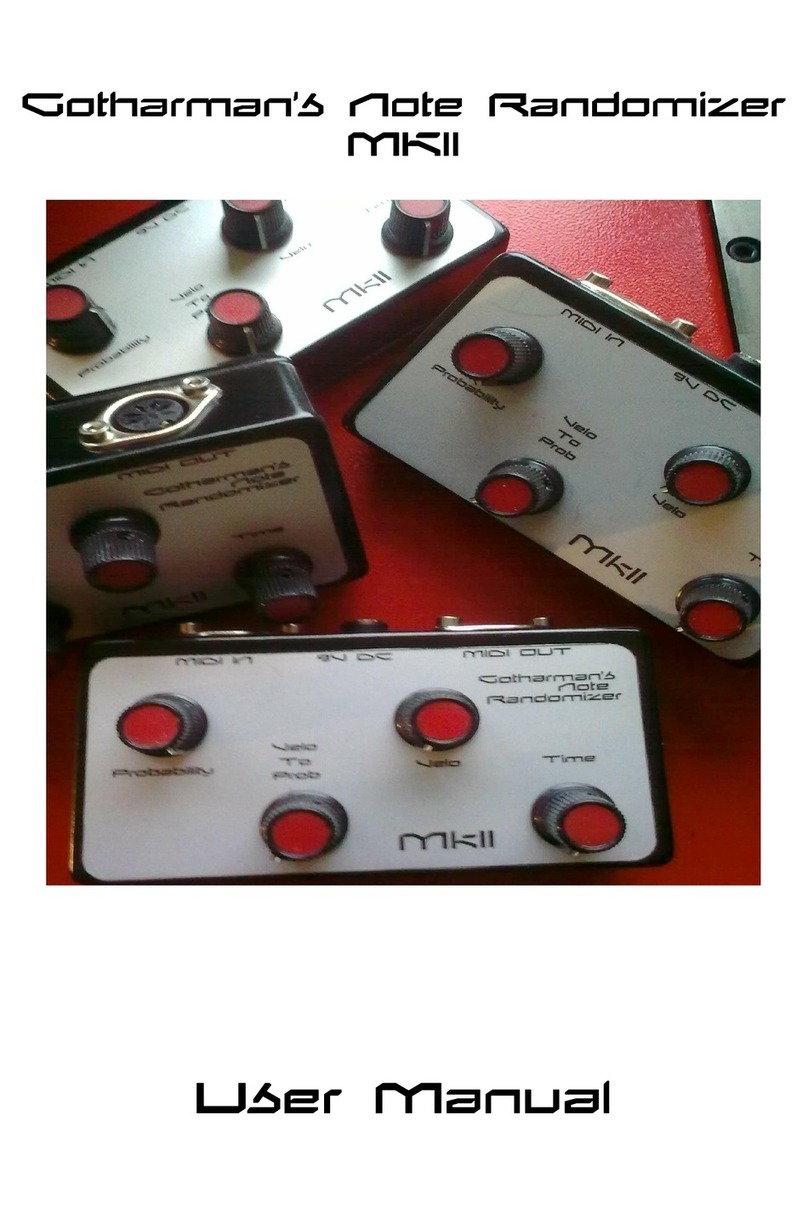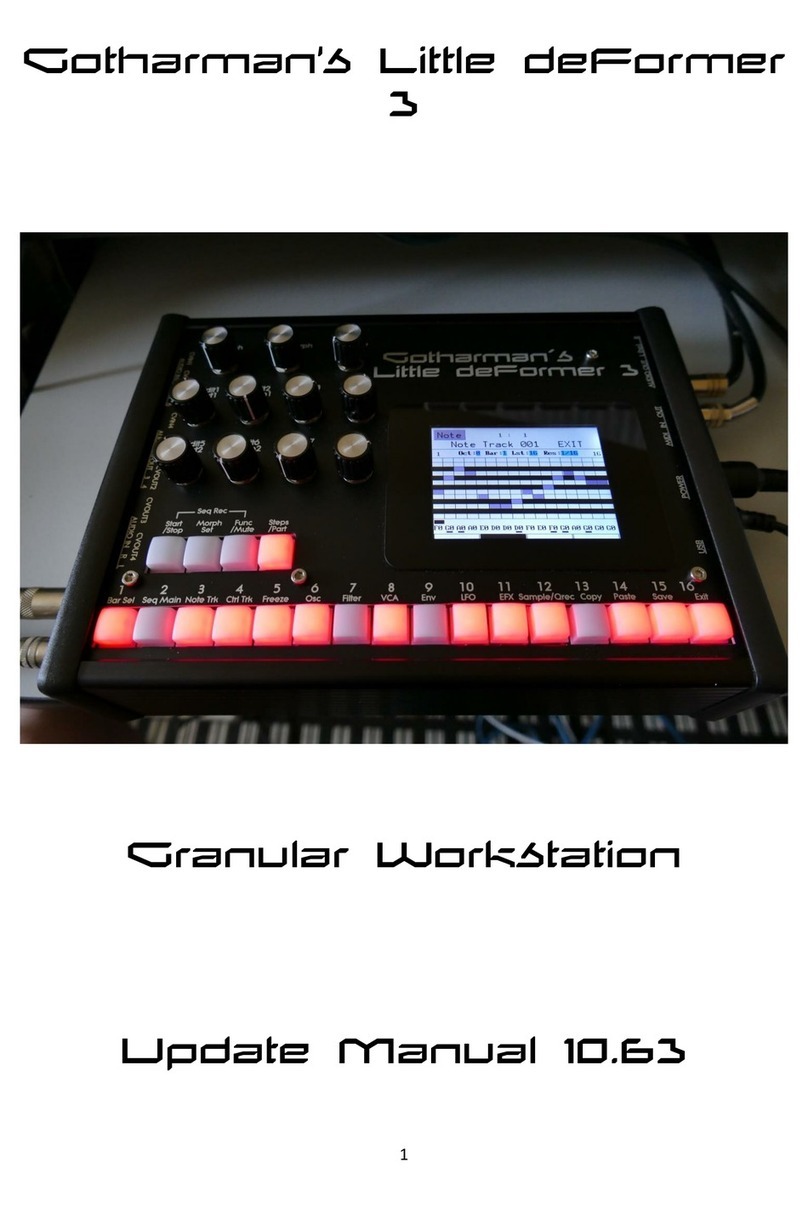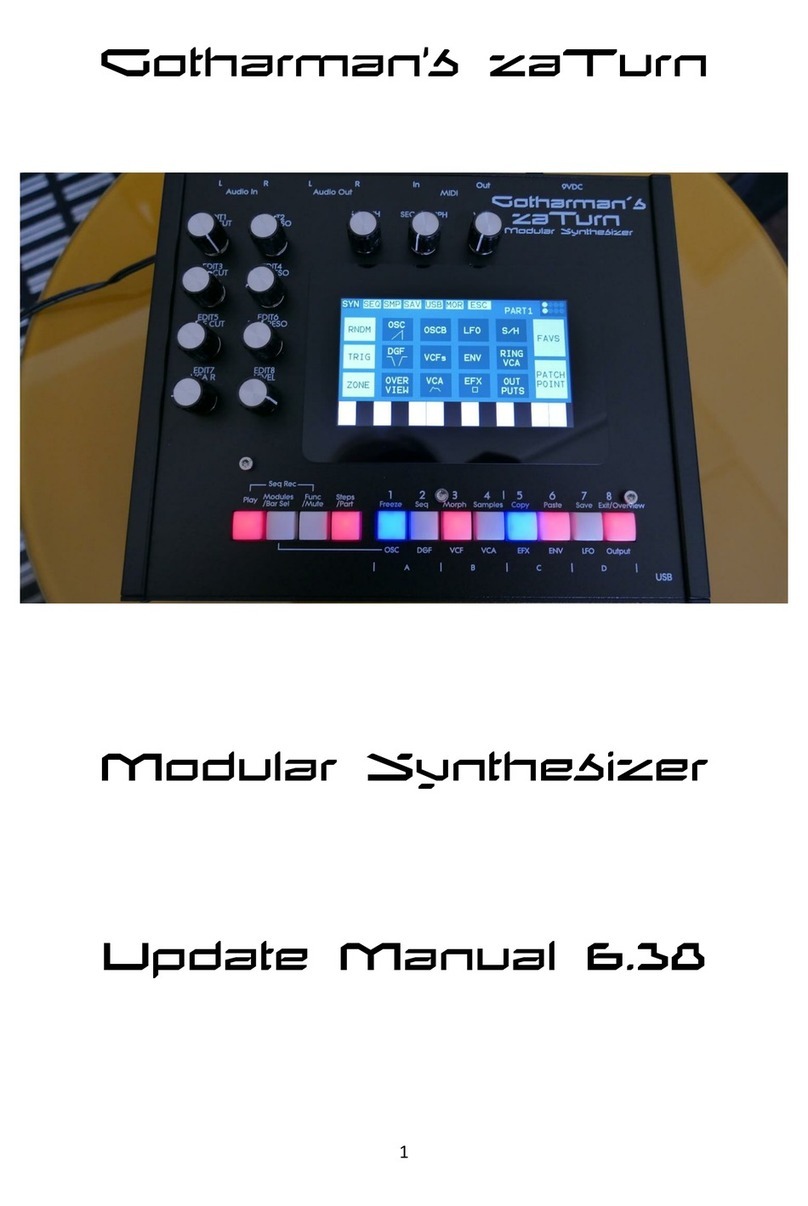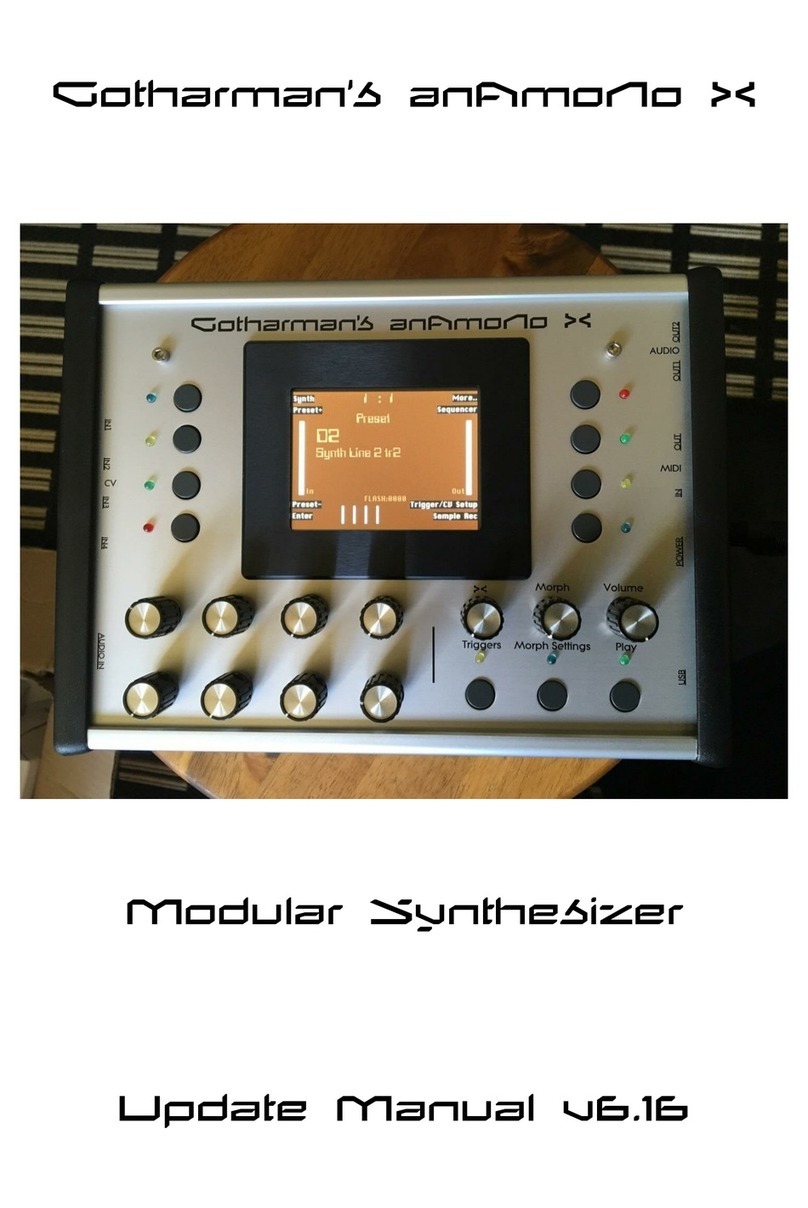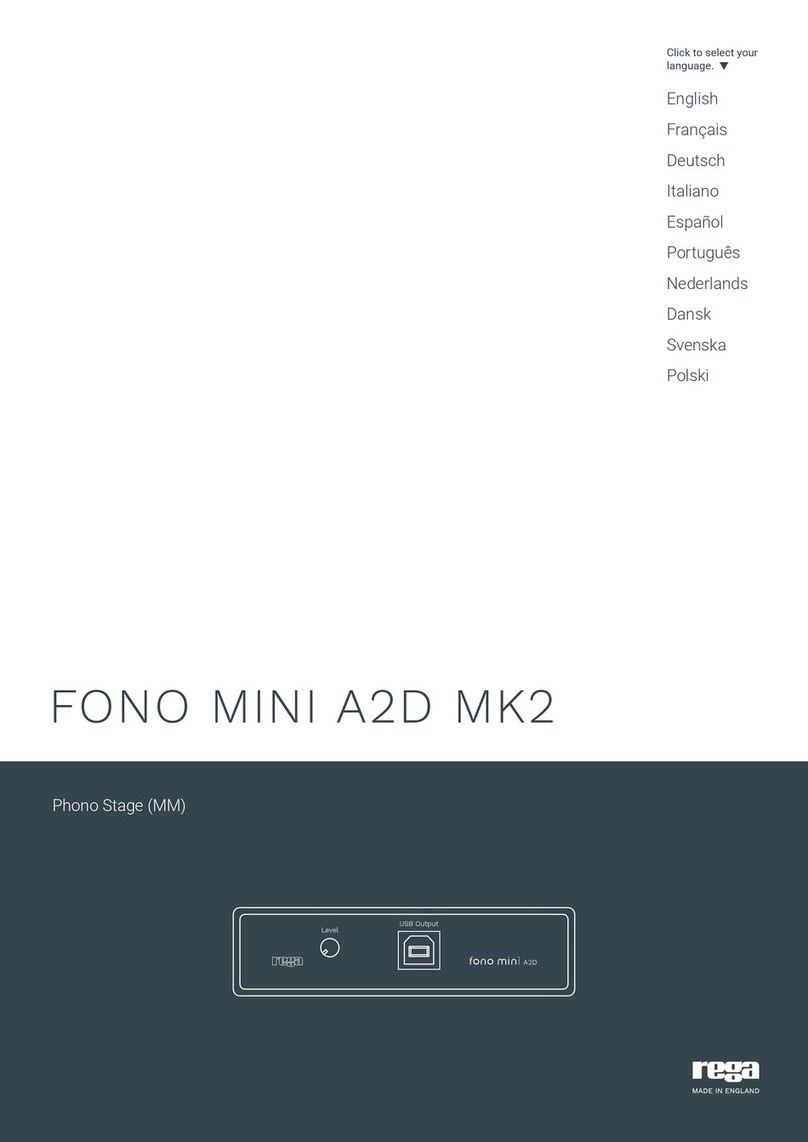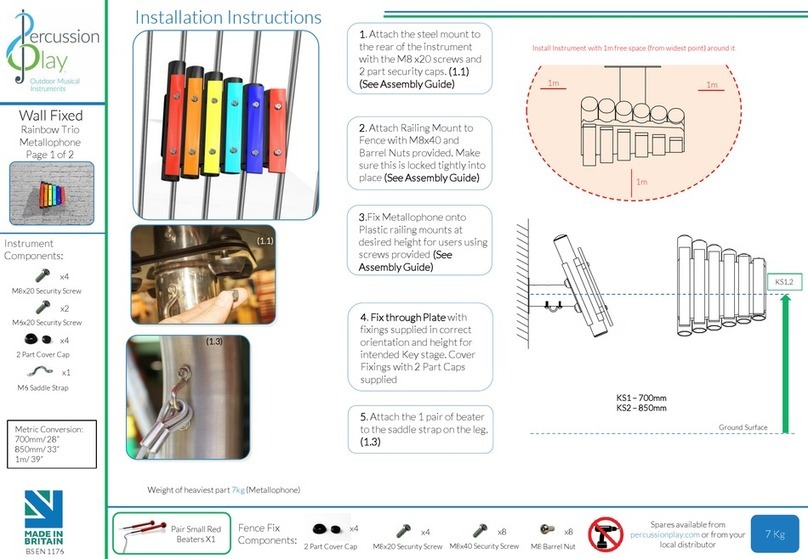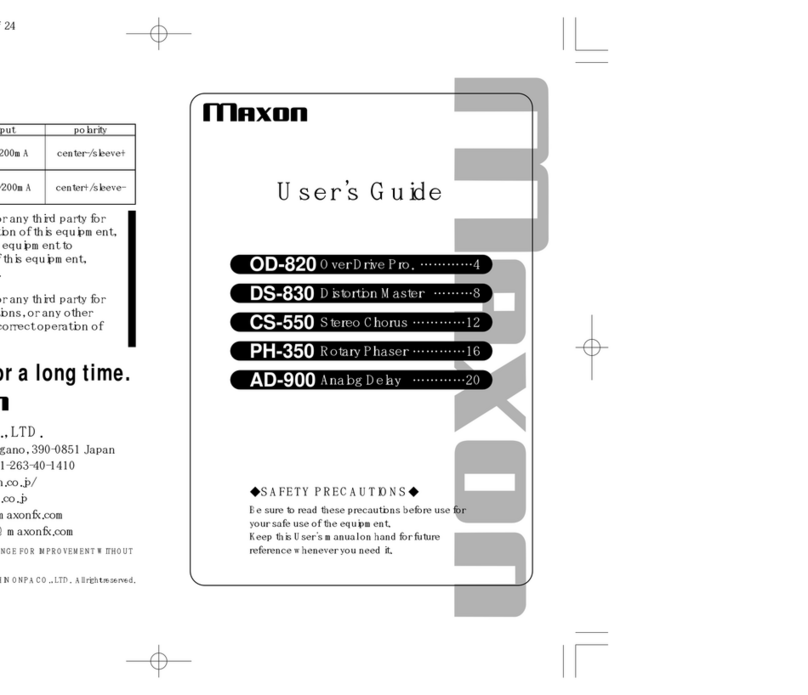Gotharman MiniProphet User manual

Gotharman’s MiniProphet
Gotharman’s MiniProphetGotharman’s MiniProphet
Gotharman’s MiniProphet
Pro-One clone with extras in Eurorack Modules
User Manual
User ManualUser Manual
User Manual

Thank you very much for purchasing / consider to purchase my MiniProphet
eurorack modules.
Please read this manual before setting up your MiniProphet, to avoid malfunction
caused by wrong handling.
Foreword
I once had a Se uential Pro One, that I was very happy with. It is a very great
sounding and versatile synth. Problem with it was, that it was very unstable, and I
felt like I spended more time repairing it, than playing on it, and I certainly did not
dared to use it live (but I did wanted to).
Therefore I designed the first MiniProphet desktop. A small easy portable package,
that was very easy to bring for live shows, and since all parts except for the special
CEM chips were completely new, it was much more stable than the original one.
A MIDI to CV interface were built in for easy connection to a keyboard, and an
extra filter were added for more sonic experimentation.
A while after I had sold all the 3 MiniProphet desktops that were built, and I started
to make a new one for myself, I got the idea, to try to make it in eurorack format, to
get this great sound, with even more flexibility.
MiniProphet EuroRack was born….
Gotharman, July 2014

Included in the MiniProphet Eurorack set
1 double VCO module
1 double VCF module

1 double ADSR Envelope module
1 double LFO module

1 Power Board
4 pcs 16 pole latcables with connectors 30 cm long or power connections.
2 pcs 10 pole latcables with connectors or internal connections.
The cables will come with one end attached to some o the modules.
Make sure to locate all o these items. I something is missing, please get in touch
with Gotharman.

Preparing MiniProphet
First, locate the Power Board. It should look like this:
The PowerBoard supplies MiniProphet’s VCO’s, VCF’s and envelopes with an
additional +/- 5 volts. It does not need to be connected to the LFO’s.

Then locate the double VCO module, and place it with its aceplate acing down:

Now, mount the PowerBoard on the power connector o the double VCO module,
using the 16 pin receptable header on the powerboard. Make sure that all 16 pins are
per ectly alligned, and that the ”-12V” marks on both boards are alligned too.

Bottomview o the PowerBoard mounted on the double VCO:

Mount one o the 10-pole latcables to the 10 pin connector on the top side o the
double VCO module (this cable might come mounted). Make sure that all 10 pins are
per ectly alligned, and that the brown cable are alligned to the same side as on the
picture:

Mount one o the 16-pole power latcables on the connector on the PowerBoard
marked ”INPUT” (this cable might come mounted). Make sure that all o the 16 pins
are per ectly alligned, and that the brown cable are alligned to the same side as on the
picture (to the ”INPUT” mark on the PCB). When you mount MiniProphet in your
Eurorack system, this cable should be connected to your Eurorack power bus, with
the brown cable alligned to pin 1 – minus 12 volts.

Place the double VCF module with the aceplate acing down. Mount one o the 16-
pole power latcables on the powerconnector o this module (this cable might come
mounted). Make sure that all o the 16 pins are per ectly alligned, and that the brown
cable are alligned to the same side as on the picture (to the ”-12V” mark on the PCB).

Connect the VCF power cable to the connector on the PowerBoard marked ”VCF”.
Make sure that all o the 16 pins are per ectly alligned, and that the brown cable are
alligned to the same side as on the picture (to the ”VCF” mark on the PowerBoard).
Connect the 10 pole lat cable rom the VCO to the 10 pin connector on the right side
o the VCF. Make sure that all o the 10 pins are per ectly alligned, and that the
brown cable are pointing up, like on the picture.

Place the double Envelope module with the aceplate acing down. Mount one o the
16-pole power latcables on the powerconnector o this module (this cable might
come mounted). Make sure that all o the 16 pins are per ectly alligned, and that the
brown cable are alligned to the same side as on the picture (to the ”-12V” mark on the
PCB).
Mount the last 10-pole latcable to the 10-pin connector on the right side o this
module (this cable might come mounted). Make sure that all o the 10 pins are
per ectly alligned, , and that the brown cable are pointing up, like on the picture.

Connect the Envelope power cable to the connector on the PowerBoard marked
”ENV”. Make sure that all o the 16 pins are per ectly alligned, and that the brown
cable are alligned to the same side as on the picture (to the ”ENV” mark on the
PowerBoard).
Connect the 10 pole lat cable rom the Envelope to the 10 pin connector on the le t
side o the VCF. Make sure that all o the 10 pins are per ectly alligned, and that the
brown cable are pointing up, like on the picture.
Your MiniProphet system are now ready to be installed in your Eurorack case.
Connect the ”Input” power latcable to the power bus o your eurorack case, with the
brown cable alligned to pin 1 or –12V. Mount these 3 modules.

Place the double LFO module with the aceplate acing down. Mount the last one o
the 16-pole power latcables on the powerconnector o this module (this cable might
come mounted). Make sure that all o the 16 pins are per ectly alligned, and that the
brown cable are alligned to the same side as on the picture (to the ”-12V” mark on the
PCB).
Connect this latcable to the power bus o your eurorack case, with the brown cable
alligned to pin 1 or –12V, and mount the double LFO module.
Your MiniProphet system should now be ready to use.

Inputs and Outputs of the modules
The Double VCO
Inputs:
Midi In – 5 pole DIN connector. Connect the MIDI out o a MIDI keyboard, a MIDI
sequencer, or any other MIDI device capable o transmitting notes and CC’s, to this.
MiniProphet only receives Note on and o ’s, pitch bend and modulation wheel
messages on MIDI channel 2.
C A – VCO A pitch modulation. Connect any voltage generating source to this. The
CvA knob adjusts the amount o modulation.
FM – VCO A linear FM. Connect any voltage generating source to this. The FM
knob adjusts the amount o FM. When nothing is connected to this, the Triangle
output o VCO B are internally connected to it.

PwmA – VCO A pulsewidth modulation. Connect any voltage generating source to
this. The PwmA knob adjusts the amount o modulation.
C 1B, C 2B – VCO B pitch modulation. Connect any voltage generating source to
these. The Cv1B and Cv2B knobs adjusts the amount o modulation.
PwmB – VCO B pulsewidth modulation. Connect any voltage generating source to
this. The PwmB knob adjusts the amount o modulation.
Outputs:
Velo/Rndm – This outputs a new velocity or random voltage between 0 and 5 volts,
according to the Rndm/Velo switch, every time a MIDI note on are received on MIDI
channel 2.
Gate – Outputs a 5 volt gate voltage, every time at least one MIDI note are active.
When no MIDI notes are active, it outputs 0 volts. This can be used to trigger
envelopes.
Kybd – This outputs the latest received MIDI note on’s note number, as a voltage
between -5 and +5 volts, 1V/Oct.
ModWh – This outputs the latest received modulation wheel value, as a voltege
between 0 and 5 volts.
SquA, TriA, SawA, SawB, TriB, SquB – VCO A and B wave orm outputs.
Buttons:
Trig – Pushing this will make the Gate output, outputting a trigger. When the 10 pole
”Internal” latcables are connected, it will send a trigger to the double Envelopes.
Sync – Pushing this will toggle between VCO syncronization on and o . When the
LED is lit, it is on, and VCO A syncronizes to VCO B.

The Double VCF
Inputs:
SquA, TriA, SawA, SquB, TriB, SawB – Double ilter input mixer. Connect any
audio signals you want routed through the 2 ilters, to these. The respective knobs
controls the audio signal levels. When nothing are connected to these, the outputs o
VCO A and B are internally connected to them.
C 1 – VCF 1 and 2 CutO requency modulation. Connect any voltage generating
source to this. The Cv1 knob adjusts the amount o modulation. This modulation
applies to both VCF1 and 2 at the same time. When the ”Vc 2” switch are in the
”Inv” position, the modulation o VCF2 are inverted to the modulation o VCF1.

C 2(en 2) – VCF 1 and 2 CutO requency modulation. Connect any voltage
generating source to this. The Cv2 knob adjusts the amount o modulation. This
modulation applies to both VCF1 and 2 at the same time. When the ”Vc 2” switch
are in the ”Inv” position, the modulation o VCF2 are inverted to the modulation o
VCF1.
When nothing is connected to this, the output o Envelope 2 are internally connected
to it.
VcaC (en 1) – Output VCA level modulation. Connect any voltage generating
source to this. When nothing is connected to this, the output o Envelope 1 are
internally connected to it.
Vca In2 – Usually Filter 1 and 2 goes out through the output VCA. Filter 1 and 2
knobs adjusts the level o each ilter. I you however would like Filter 2 to be
replaced by another audio source, you may connect it to this input.
Outputs:
Flt2out – The direct output o Filter 2, be ore the VCA.
Output – The total audio output rom the VCA, adjusted by the Filter 1 and Filter 2
knobs, and the VcaCv.
Table of contents
Other Gotharman Music Equipment manuals
Popular Music Equipment manuals by other brands
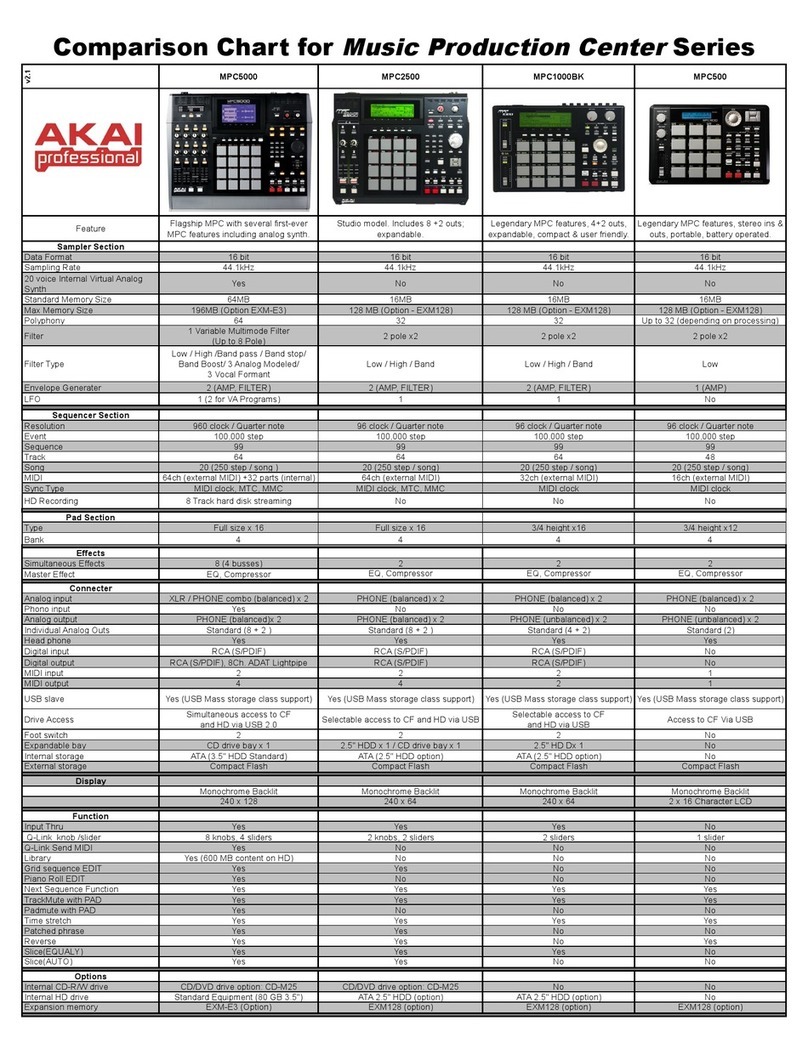
Akai
Akai Professional MPC 1000 Comparison chart

Warwick
Warwick Alien Acoustic Bass manual
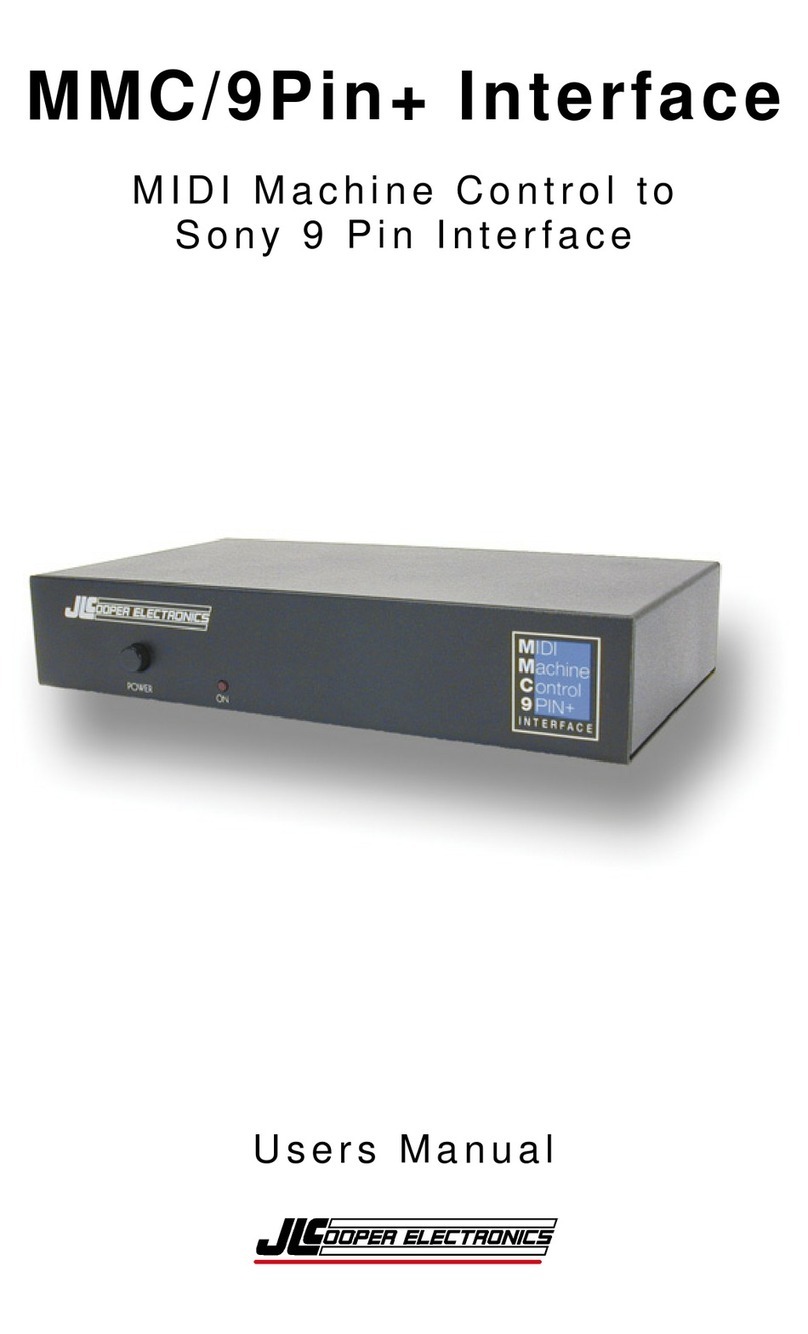
JLCooper Electronics
JLCooper Electronics MMC/9Pin+ Interface user manual

CARVIN
CARVIN HB PICKUP WIRING manual

Expert Sleepers
Expert Sleepers Disting mk4 user manual

Interface
Interface 75200 Operation and maintenance manual
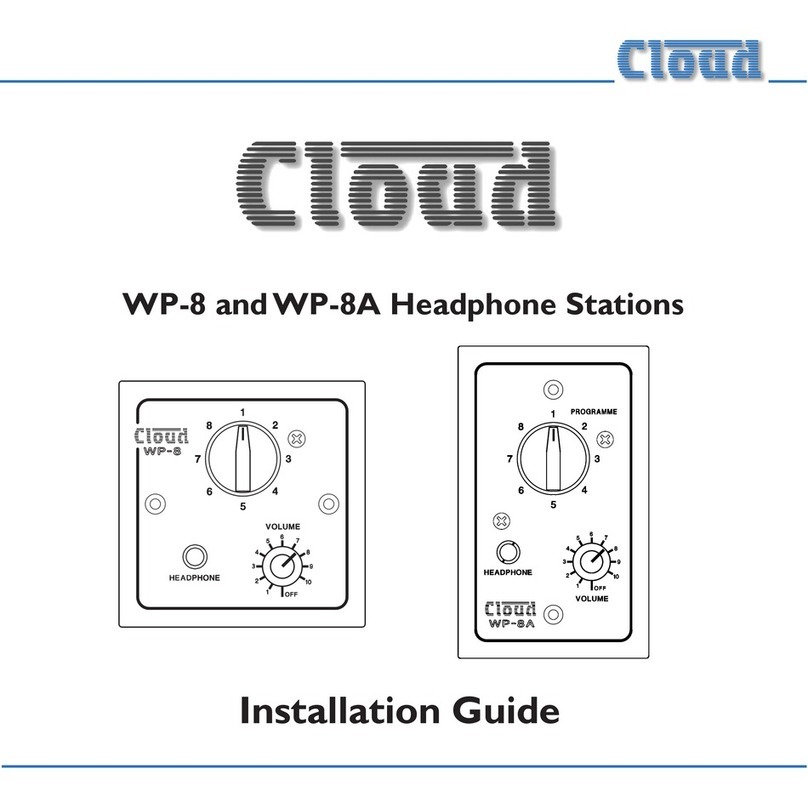
Cload
Cload WP-8 installation guide
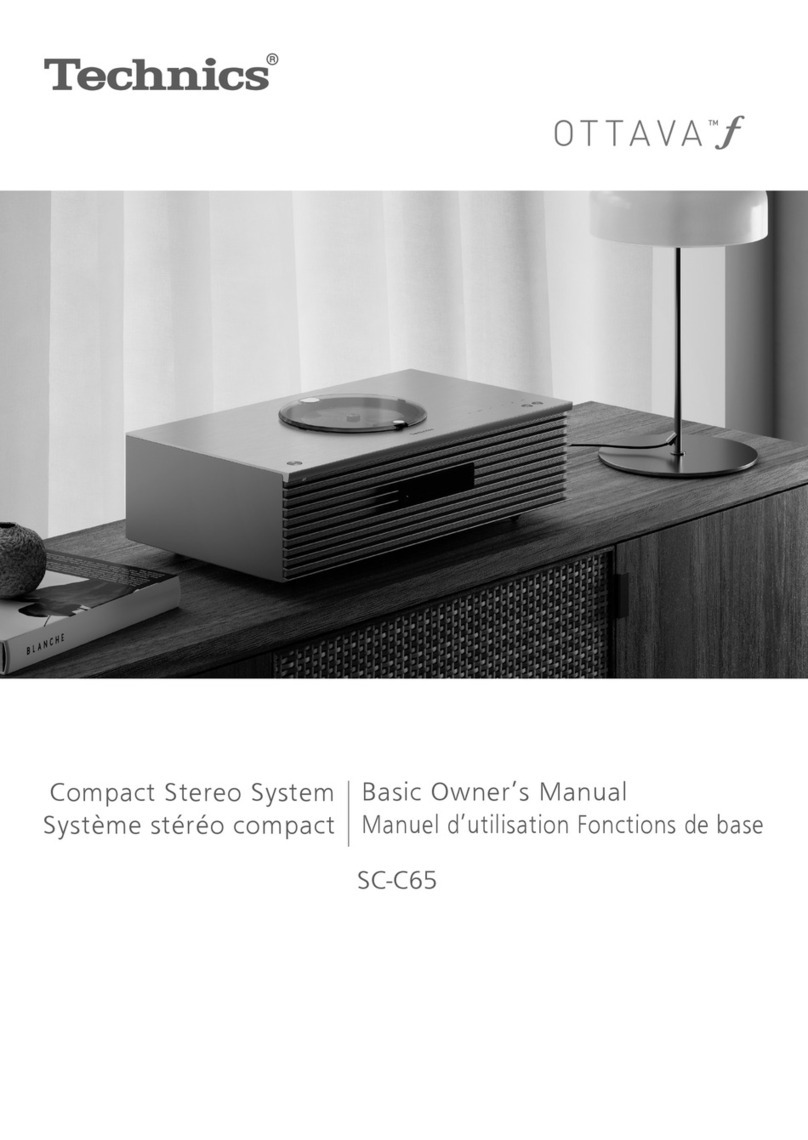
Technics
Technics OTTAVA f SC-C65 Basic owner's manual
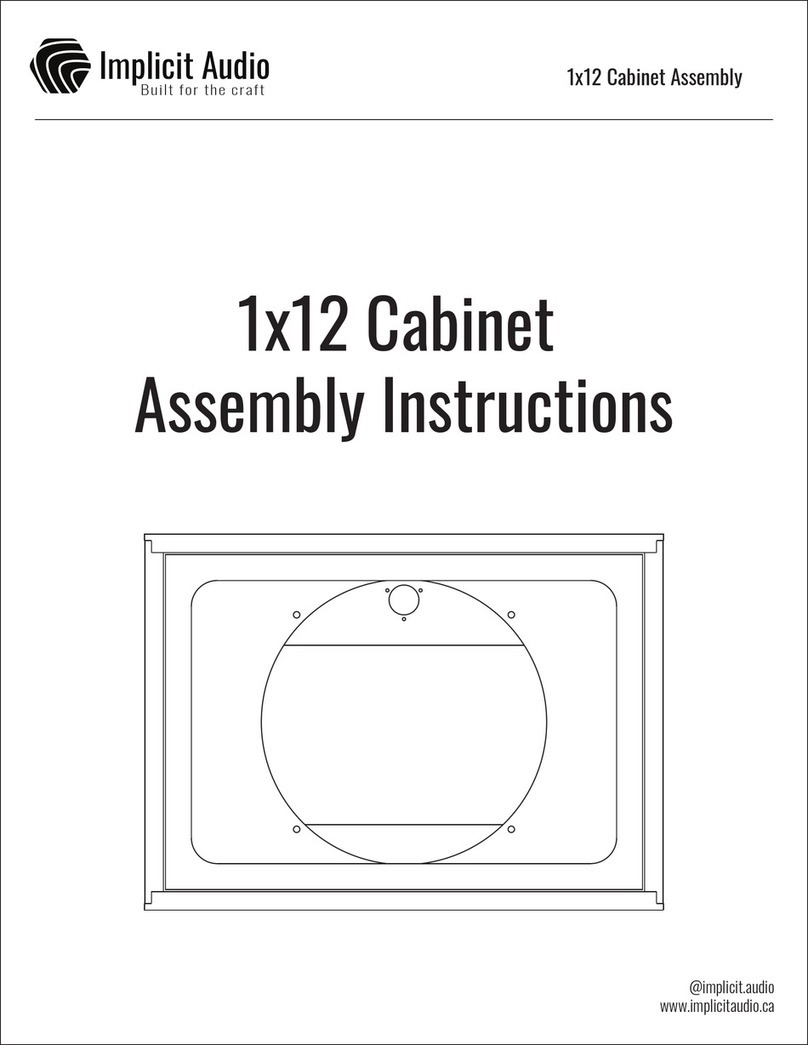
Implicit Audio
Implicit Audio 1x12 Cabinet Assembly instructions
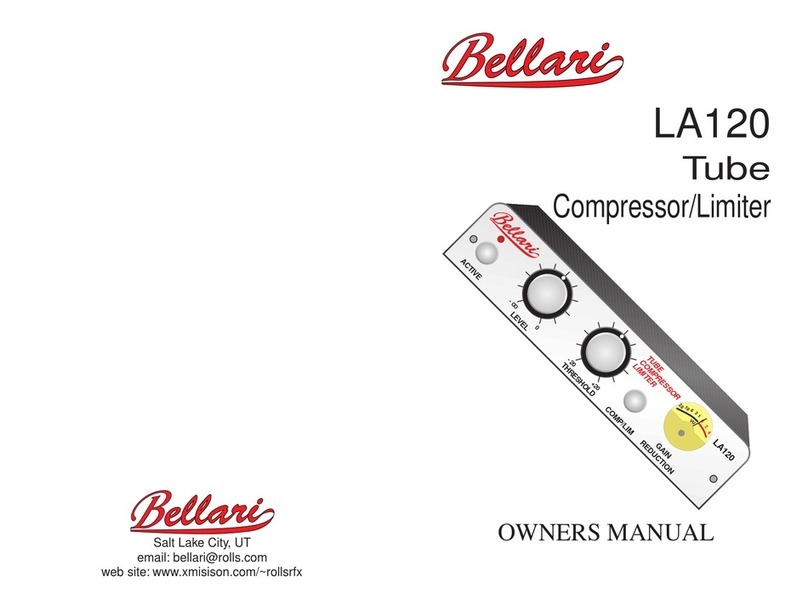
Rolls
Rolls Bellari LA120 owner's manual
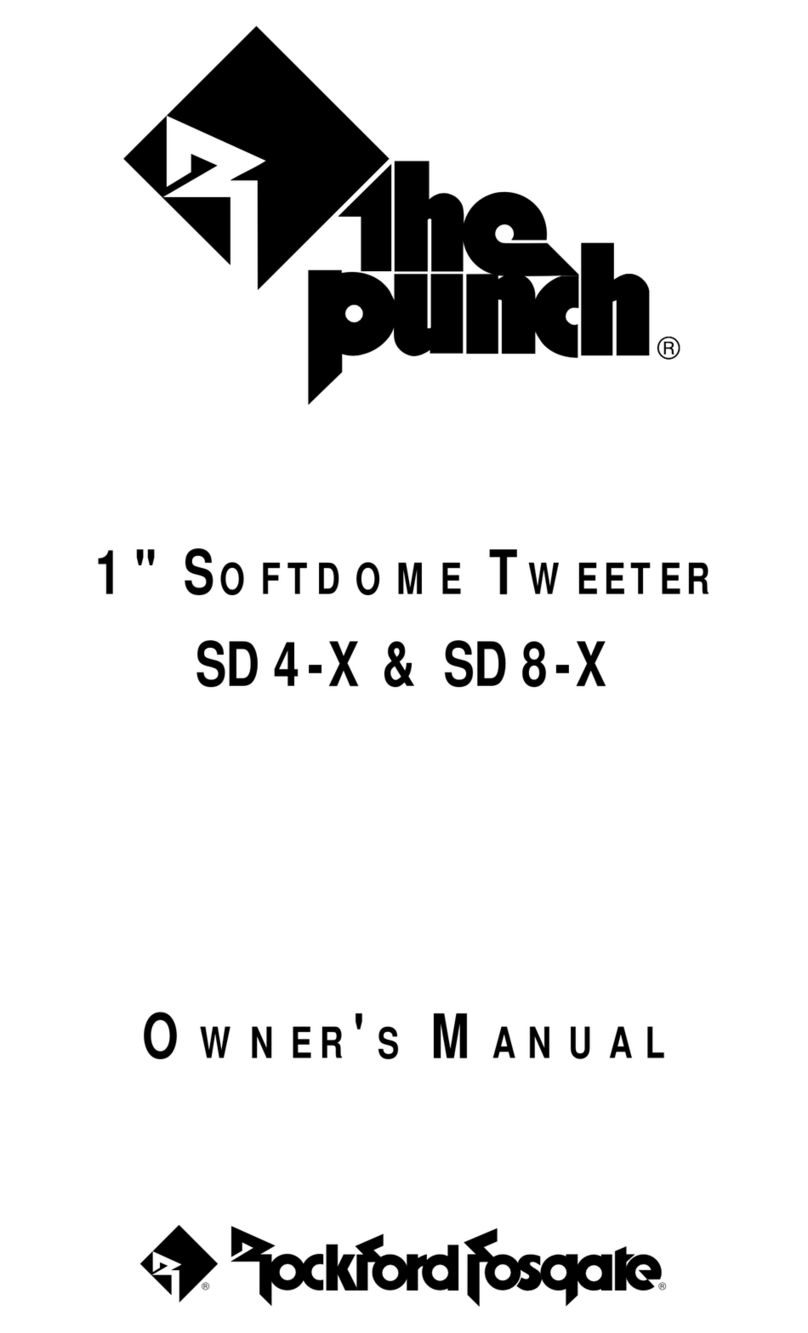
Rockford Fosgate
Rockford Fosgate Punch SD4-X owner's manual

Anhui Umido Technology
Anhui Umido Technology FUNR1 FT1S1X1800 user manual
